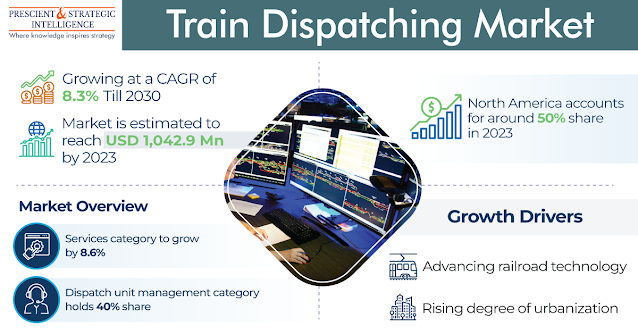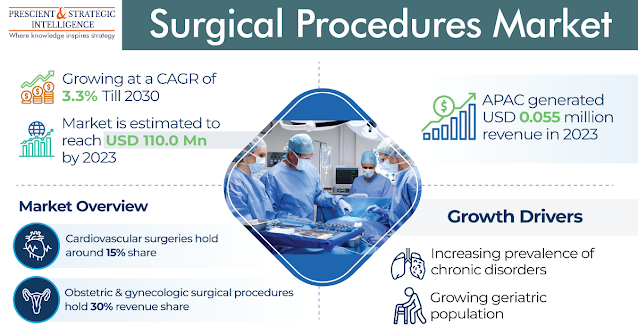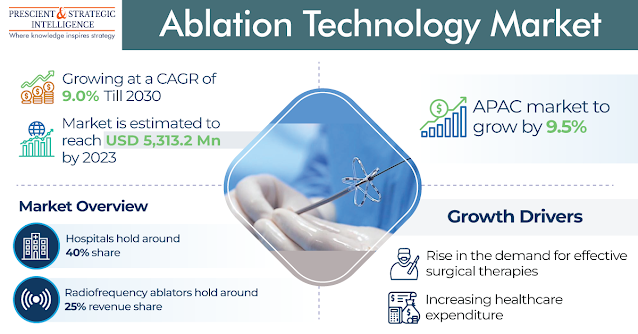The surgical procedures market was 110.0 million procedures in 2023, and it will reach 137.5 million procedures, advancing at a 3.3% compound annual growth rate, by 2030.
The growth of this industry is mainly powered by the increase in the incidence of cancer. Furthermore, the growing pace of technological developments in surgical procedures, such as the arrival of robotic surgical procedures, is a key aspect boosting this industry.
In 2023, the obstetric & gynecologic (OB-GYN) category, on the basis of type, led the industry, with approximately 30% share. This is ascribed to the rising occurrence of gynecological illnesses like endometriosis, ovarian cysts, polycystic ovary syndrome (PCOS), uterine & ovarian cancer, pelvic inflammatory ailment, chronic pelvic pain, and adenomyosis.
The ophthalmic category, on the other hand, will advance at the fastest rate, of approximately 3.7%, in the years to come. This will be mainly because of the increasing occurrence of different ophthalmic ailments, such as glaucoma, diabetic retinopathy, and cataracts.
Furthermore, the industry in the category is advancing because of the mounting aging population and the rising occurrence of eye conditions owing to diminishing eyesight and longer screen time.
In 2023, the hospitals category, based on provider, was the largest contributor to the surgical procedures market, with approximately 45% share. Moreover, this category will remain the largest throughout this decade.
The growth of this category is because of the enormous number of surgeries conducted in these healthcare settings across the globe, coupled with the mounting prevalence of various chronic illnesses.
Whereas, the ambulatory surgery centers category will propel at the fastest compound annual growth rate, of 3.5%, in the coming years. This is because of the booming count of such centers, the treatment cost-efficiency offered at these facilities, and the rising acceptance of minimally invasive measures and cosmetic procedures.
North America was the largest contributor to the industry in 2023, with a 50% share. This is because of the existence of a well-developed healthcare infrastructure, shifting fondness toward outpatient surgeries, and a greater acceptance rate of technologically developed devices.
Moreover, the surging occurrence of ailments like gastrointestinal, orthopedic, and cardiac disorders in this continent also assists the industry expansion.
APAC is likely to advance at the fastest rate, of approximately 3.5%, in the years to come. This is because of the arrival of developed surgical technologies, the flourishing healthcare sector, and the advancing medical tourism industry in this region.
Additionally, the expansion is also assisted by the rising consciousness regarding chronic disorders, coupled with the increasing occurrence of neurological disorders and traumatic injuries.
It is because of the surge in the occurrence of cancer, the surgical procedures industry will continue to advance in the years to come.

























